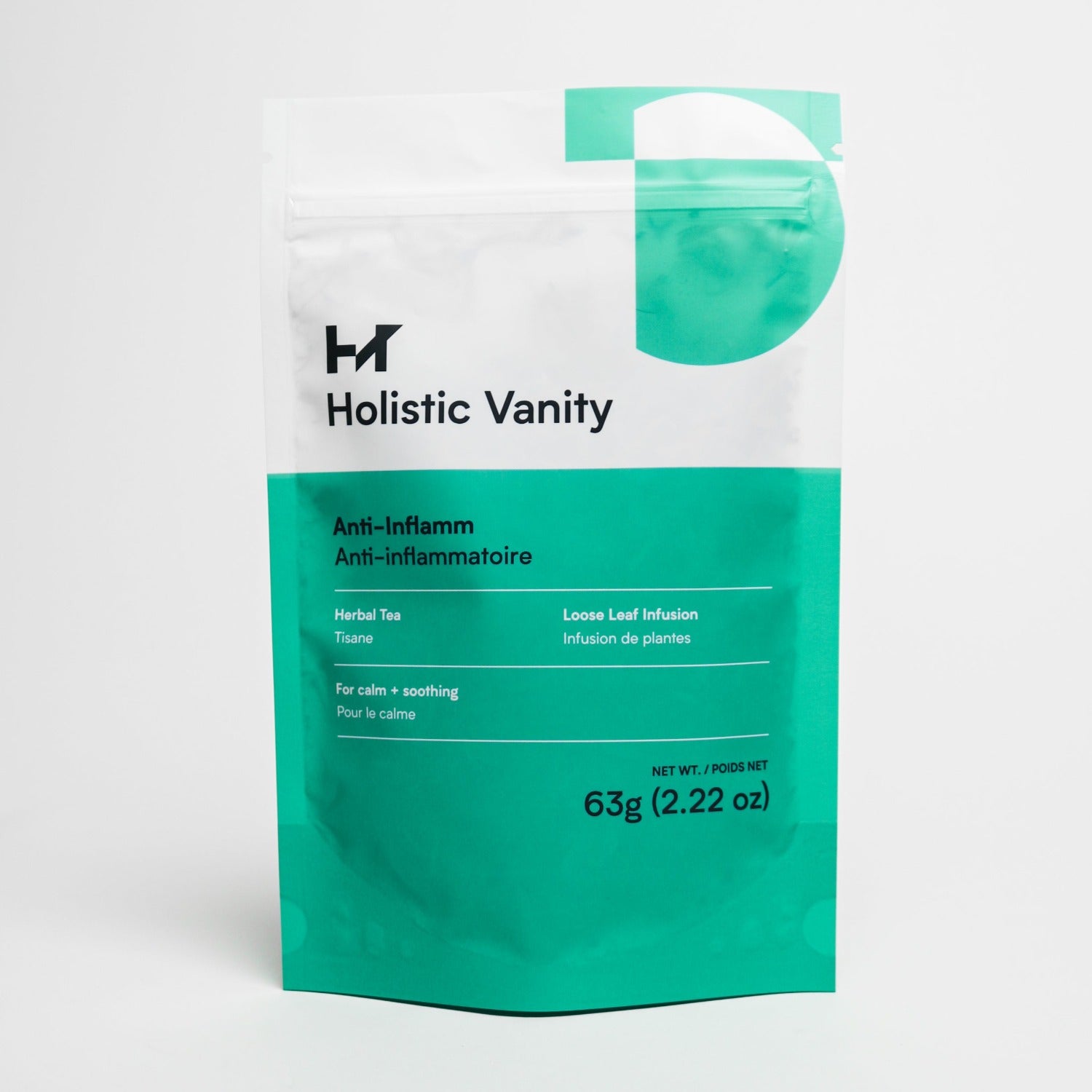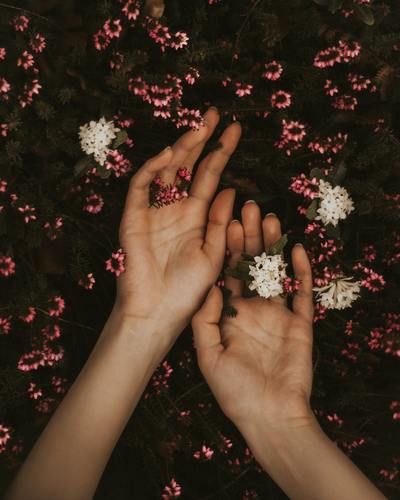Struggling with itchy, red, frustrating eczema?
We are always overwhelmed with emails, messages and in-spa inquiries about eczema.
Eczema is one of the most common skin ailments we deal with and it is sooo mistreated.
This may stem from the fact that dermatologically we don't truly understand it and have come to no universal conclusions to its cause.
Usually, you will just send you home with a prescription for cortisone cream- which is a steroid that suppresses your immune response and can thin your skin over time. You can also experience rebound reactions from it.
It's not that we don't get it. Its often very effective and one of the few reliable tools for eczema in modern dermatology. There are some oral immune suppressants also available but we think there are many options before deciding on that....read on.
Eczema is also a confusing condition because it is expressed in so many different ways.
Some are red, some itchy, some flaky and some of have water blisters.
This is why when we see eczema from an Asian Medicine perspective it helps us understand and distill this angry skin aggravation.
From this perspective we see there are many TYPES of Eczema that have very different treatment plans. And that it is about seeing what is out of balance to get to the proper strategy. Let's explain. Here are three subtypes of Eczema according to Ayurveda.
Vata Eczema:
This is brought on by a lack of oil in the skin as well as water in the body.
Vata eczema is an indication that we have an excess of air and wind within our bodies. Like air, our skin becomes dry, flaky and thin (usually shedding).
Most experience Vata eczema in the heart of winter in which we find it difficult to rehydrate and need much nourishment.
This calls for uber replenishment with a lot of comforting with heavy vegetable oils and rich salves. Many start with this strategy but if it's not Vata Eczema, you'll quickly find you get an aggravation.
Internally, Vata Eczema benefits also from lubrication and nourishment. Taking omega fatty acids are needed (flax seed capsules for example) as well as avoiding dry foods like dense meats, breads, crackers and dried fruits.
Increasing soups, stews and water-rich veggies not only help with moisture but also may aid dry constipation, which also contributes to helping Vata eczema.
Pitta Eczema:
Angry, angry eczema. Pitta eczema is aggravated by the fire dosha. All its temper flares like a fire leading to skin redness and a burning sensation.
This type of eczema also need hydration, but NOT OIL or heavy products. Actually oil must be strictly avoided.
Many of our patients with Pitta eczema who have applied oils (even anti-inflammatory oil), have found they get pulsating welts the next day. Like when cooking, oil enables the increase of heat - and this inflamed eczema needs calming and cooling.
Aloe vera gel, plant milks and chamomile water aids this type best. Actually, we have even helped some Pitta Eczema by using a light eye cream as a moisturizer. This is ideal because while it has anti-aging (hydrating) properties, it is often light in texture (to avoid clogging the delicate eye skin).
We have been so amazed with the soothing results that we actually made one of our eye creams into a face lotion.
Note: only avoid oil during the hot, angry eczema outbreak. If the skin is eczema-free or under control, using a jojoba or coconut oil will help bolster immunity and prevent the frequency of new break outs.
Internally, it may be important to examine your digestion and acidity. Because Pitta governs our digestive fire, when are digestion is poor and overworked it can express itself as Pitta eczema.
According to Ayurveda, avoiding acid-forming foods and alcohol is also key. Acid is another form of Pitta and those who are naturally prone to high Pitta and inflammation may also be predisposed to hyperacidity. Alcohol in Asian medicine is very heating.
One way to mitigate this is by taking turmeric. Turmeric is an anti-inflammatory and anti-bacterial. Those with Pitta-Kapha Eczema may also benefit from dusting turmeric powder right to the affected area. More about Kapha Eczema below.
With this type of angry eczema, it is also important to soothe the mind. Calming and grounding breath work and meditation can help downregulate inflammatory markers and temper excess Pitta. This is true Holistic Vanity.
Kapha Eczema:
Kapha eczema is also known as wet eczema. Wet eczema? Yep, eczema can be wet.
Kapha, the earth and water element, is the dosha which prompts water-retention, excess oil and lethargy. It is heavy, moist and dense (similar to earth).
Kapha eczema usually occurs during the season's change, especially when we move into a wetter season (Spring).
This can appear in the form of a shiny, wet appearance or through water blisters.
What really marks a Kapha influence is the presence of itchiness.
Traditional Ayurvedic techniques uses leeches to suck the heated dampness from the body. Shudder.
But if you don't have leeches laying around the house, I suggest keeping the area disinfected.
Natural anti-bacterial ingredients like Witch Hazel, Pine and Mint waters can help soothe and keep the area sterilized without over-drying.
Kapha eczema should also avoid oils - again only when there is a bumpy, swelling eczema outbreak.
When the outbreak calms down, keeping the skin moist will support its barrier function.
But what is even more recommended, is to eat a diet which decreases dampness. This is most easily done by following a "Candida" diet - which is avoiding sugars, fermented foods, dairy and yeast.
But fighting dampness this does not mean avoiding water and hydration. Dampness refers to turbid water, while fresh water and hydration will help cleanse our systems and cells.
Don't let eczema get you down. When you are more methodical and holistic about your approach, you will see that a more specific strategy for your skin, body and spirit is there.
Image Milan Popovic via Unsplash


